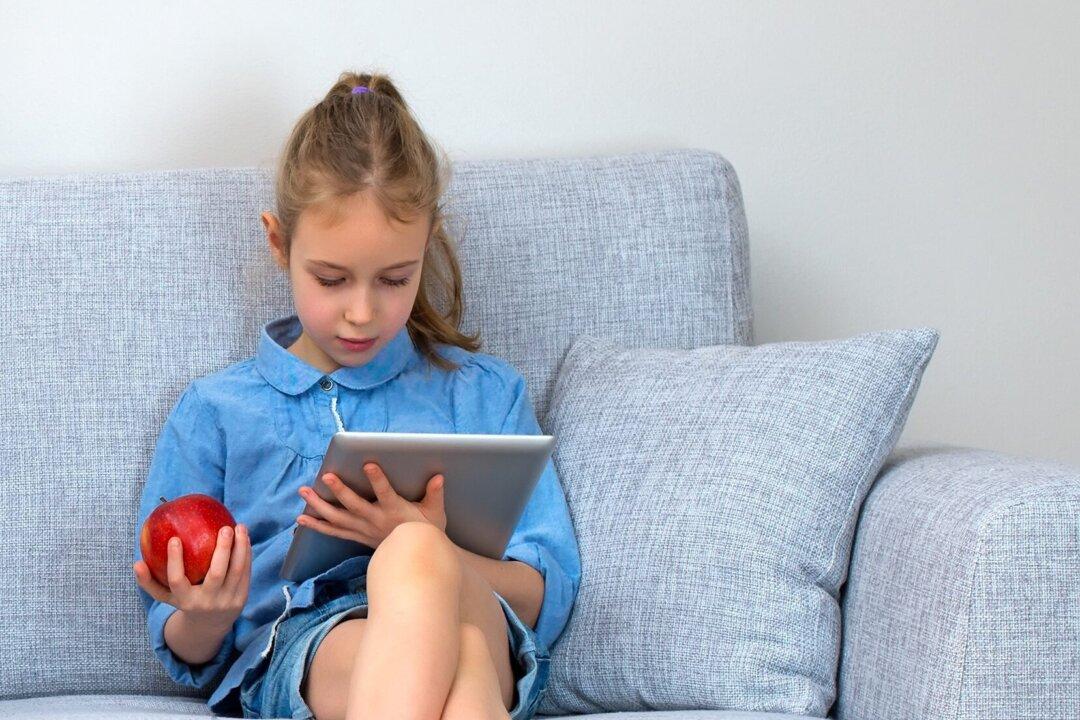Eye doctors had planned to celebrate 2020 as the year of vision (as in seeing 20/20). Instead, it will be known as the year that worsened the world’s vision for decades to come. Scientists are attributing this latest health issue—one that is hidden in plain sight—to the pandemic.
Rates of myopia, also known as nearsightedness or shortsightedness, have been increasing worldwide for decades. Half of the world’s population is predicted to be myopic by 2050.

